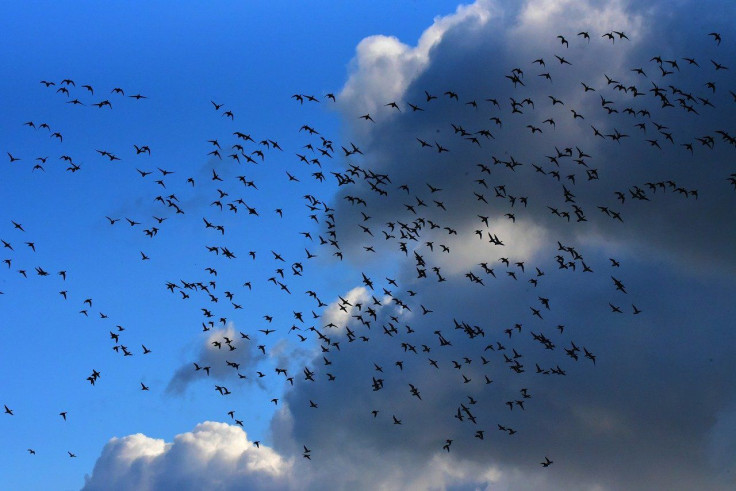Bird Believed To Be Extinct For 40 Years Returns To The Wild

A bird that was absent from the wild for almost four decades is now back and roaming freely on a remote island in the Pacific ocean.
The Guam rail, known locally as the ko'ko', has made a remote 212-square-mile island, Rota, in the Pacific Ocean, halfway between Australia and Japan its new home.
The bird was classified as "extinct in the wild,” but the latest development has changed their status to "critically endangered" by the International Union for the Conservation of Nature's (IUCN) 2019 red list of threatened species, CNN reported.
Almost four decades after completely disappearing from the wild, a bird that had survived only in captivity now roams freely on two tropical islands. https://t.co/2qOlVB8EQL
— CNN International (@cnni) December 19, 2019
Only the California condor has previously managed to take such a step before.
During World War II Guam island, the native island for Guam rails, was occupied by the Japanese military. The U.S. forces which liberated the island in 1944 managed to bring predatory brown tree snakes, who hitched a ride there as stowaways on an American cargo ship.
Guam was a paradise for these snakes as they feasted on the defenseless native animals, wiping out 10 out of 12 native forest birds off the island. A handful of Guam rails that managed to survive were captured by conservationists and brought into captivity, declaring the bird extinct in the wild.
The loss of birds led to the forests on the island began thinning as there was no one to spread the seeds. The snakes too began slithering from trees to power lines, causing frequent power outages, Suzanne Medina, a wildlife biologist with the Guam Department of Agriculture, who has worked to save the Guam rail for 21 years told CNN.
Eight years after the Guam rails were captured, conservationists began releasing captive-bred birds into the wild. The initial attempts at doing so failed as the birds didn’t survive long and their numbers dwindled again, making it difficult to find birds to breed in captivity and sustain their numbers.
However, Medina and her team studied the birds' personalities and their breeding habits in order to improve captive breeding which began paying dividends as more chicks hatched and prospects improved.
Rota is now home to 200 Guam rails while 60 to 80 birds live on Cocos island near Guam. While numbers aren’t huge, conservationists believe that it is enough to sustain the population.
According to Medina, the future of Guam rails looks relatively secure. She plans to release the birds in Guam in the next two years.
"I would love to see the ko'ko' back in the wild on Guam," Medina told CNN. "Most importantly, I'd like my son and all the children of Guam to be able to see them too."
© Copyright IBTimes 2024. All rights reserved.





















